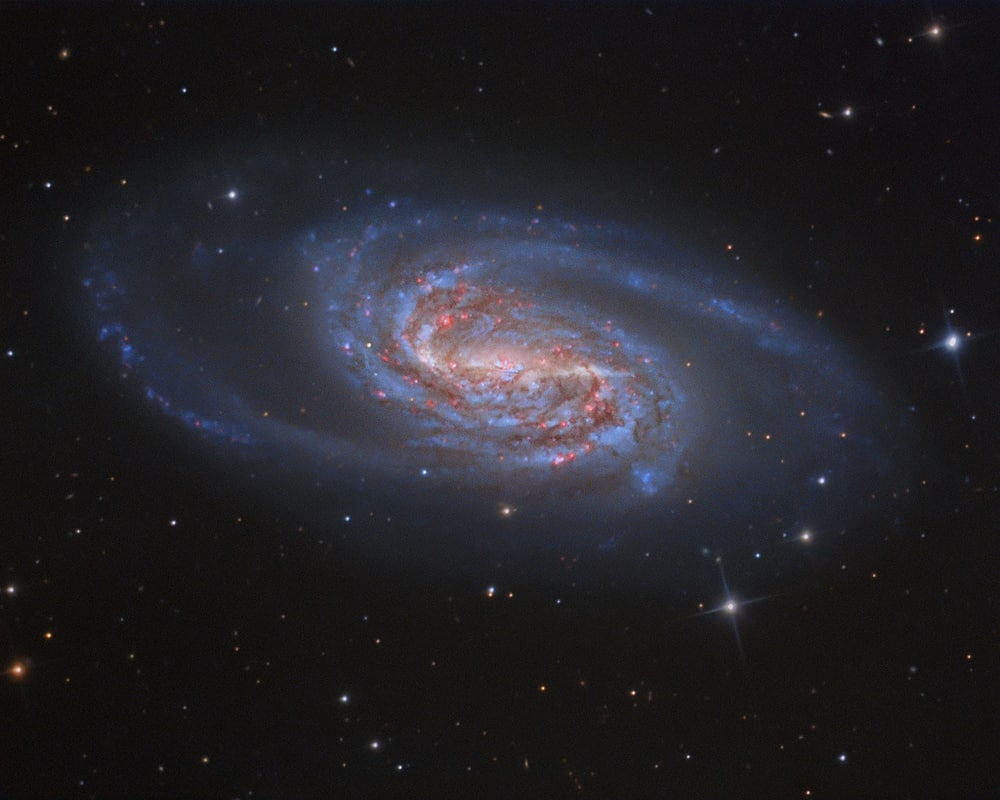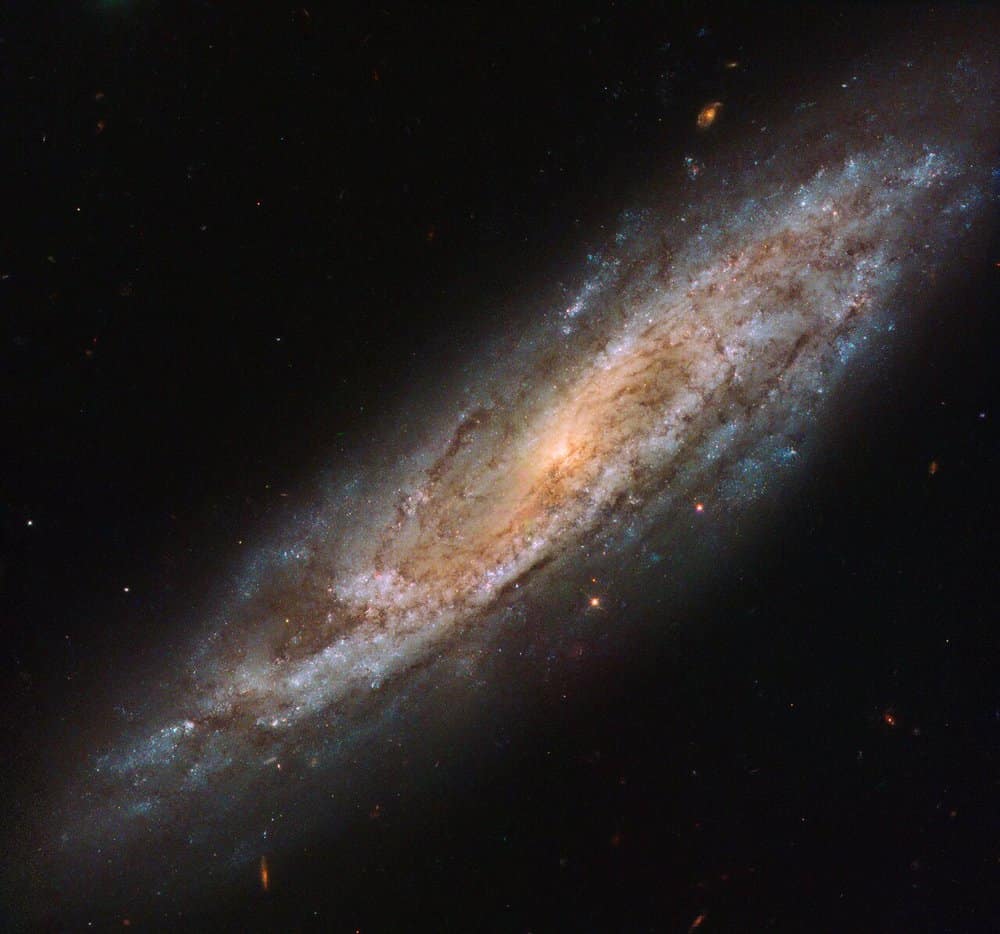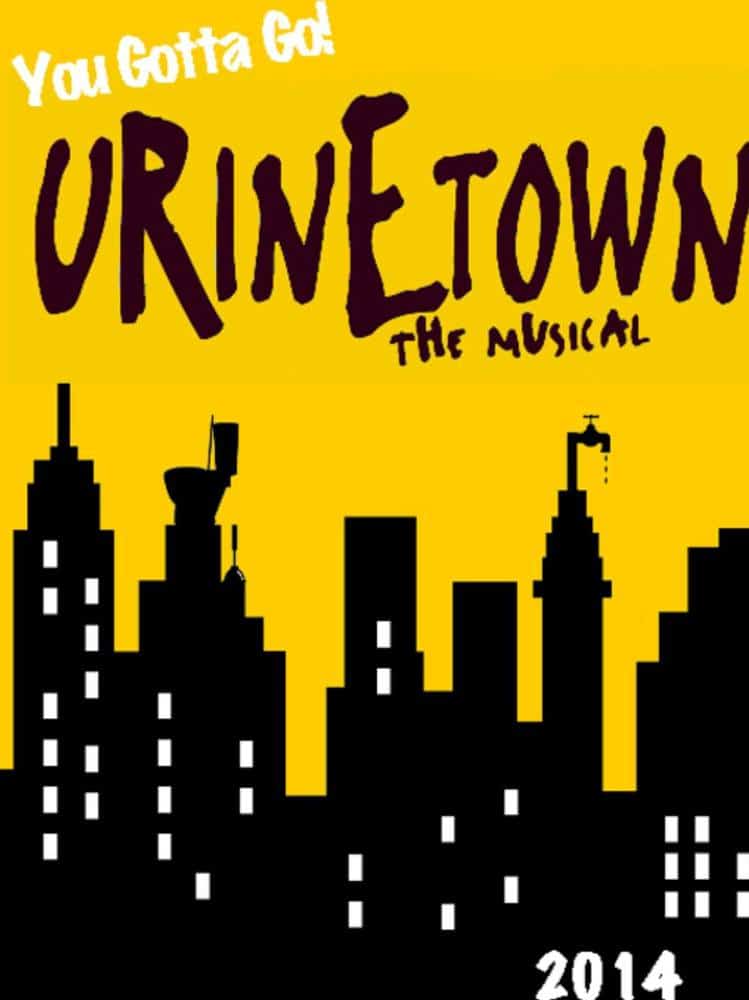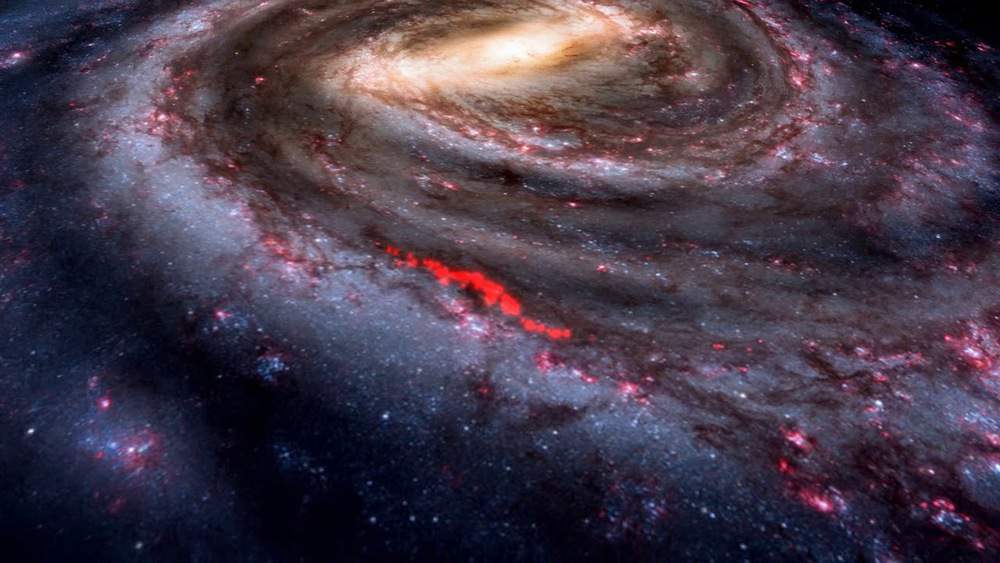Blog
Fred McDowell (January 12, 1906 – July 3, 1972), known by his stage name Mississippi Fred McDowell, was an American hill country bluessinger and guitar player.
McDowell was born in Rossville, Tennessee. His parents were farmers, but both died while Fred was in his youth. He took up the guitar at the age of 14 and was soon playing for tips at dances around Rossville. Seeking a change from plowing fields, he moved to Memphis in 1926, where he worked in the Buck-Eye feed mill, which processed cotton into oil and other products. In 1928, he moved to Mississippi to pick cotton. He finally settled in Como, Mississippi, about 40 miles south of Memphis, in 1940 or 1941 (or maybe the late 1950s), where he worked as a full-time farmer for many years while continuing to play music on weekends at dances and picnics.
After decades of playing for small local gatherings, McDowell was recorded in 1959 by roving folklore musicologist Alan Lomax and Shirley Collins on their Southern Journey field-recording trip. With interest in blues and folk music rising in the United States at the time, McDowell’s field recordings for Lomax caught the attention of blues aficionados and record producers, and within a couple of years, he had finally become a professional musician and recording artist in his own right. His LPs proved quite popular, and he performed at festivals and clubs all over the world.
McDowell continued to perform blues in the north Mississippi style much as he had for decades, sometimes on electric guitar rather than acoustic guitar. He was particularly renowned for his mastery of slide guitar, a style he said he first learned using a pocketknife for a slide and later a polished beef rib bone. He ultimately settled on the clearer sound he got from a glass slide, which he wore on his ring finger.While he famously declared, “I do not play no rock and roll,” he was not averse to associating with younger rock musicians. He coached Bonnie Raitt on slide guitar technique and was reportedly flattered by The Rolling Stones‘ rather straightforward version of his “You Gotta Move” on their 1971 album Sticky Fingers In 1965 he toured Europe with the American Folk Blues Festival, together with Big Mama Thornton, John Lee Hooker, Buddy Guy, Roosevelt Sykes and others.
more...Dan has left planet earth!
Just found out about Dan Polnau’s passing today. He transitioned last night.
I met Dan when he was in high school, while working there with the MAROONS. Dan & Carlos Abler introduced themselves that day and I knew Dan and Carlos were radicals, and had that magical beam in their eyes; which we shared. Dan and I revolved in different circles here in town, and did not interact often or vibe together; but respected each others visions and art. He let me know years ago that he had health concerns that were ongoing. Dan’s artistic disposition/contributions will be greatly missed by our community!
Have a great new adventure Dan, our consciousness lingers on in many realms. Some-things just don’t go away lol!

Neil Peart, the virtuoso drummer and lyricist for Rush, died Tuesday, January 7th, in Santa Monica, California, at age 67, according to Elliot Mintz, a family spokesperson. The cause was brain cancer, which Peart had been quietly battling for three-and-a-half years. A representative for the band confirmed the news to Rolling Stone.
Peart was one of rock’s greatest drummers, with a flamboyant yet precise style that paid homage to his hero, the Who’s Keith Moon, while expanding the technical and imaginative possibilities of his instrument. He joined singer-bassist Geddy Lee and guitarist Alex Lifeson in Rush in 1974, and his musicianship and literate, philosophical lyrics – which initially drew on Ayn Rand and science fiction, and later became more personal and emotive – helped make the trio one of the classic-rock era’s essential bands. His drum fills on songs like “Tom Sawyer” were pop hooks in their own right, each one an indelible mini-composition; his lengthy drum solos, carefully constructed and packed with drama, were highlights of every Rush concert.
more...Barred spiral galaxy NGC 2903 is only some 20 million light-years distant. Popular among amateur astronomers, it shines in the northern spring constellation Leo, near the top of the lion’s head. That part of the constellation is sometimes seen as a reversed question mark or sickle. One of the brighter galaxies visible from the northern hemisphere, NGC 2903 is surprisingly missing from Charles Messier’s catalog of lustrous celestial sights. This colorful image from a small ground-based telescope shows off the galaxy’s gorgeous spiral arms traced by young, blue star clusters and pinkish star forming regions. Included are intriguing details ofNGC 2903’s bright core, a remarkable mix of old and young clusters with immense dust and gas clouds. In fact, NGC 2903 exhibits an exceptional rate of star formation activity near its center, also bright in radio, infrared, ultraviolet, and x-ray bands. Just a little smaller than our own Milky Way, NGC 2903 is about 80,000 light-years across.

N2903C
Lee Mack Ritenour (born January 11, 1952) is an American jazz guitarist who has been active since the late 1960s. Ritenour was born on January 11, 1952 in Los Angeles, California, United States. At the age of eight he started playing guitar and four years later decided on a career in music. When he was 16 he played on his first recording session with the Mamas & the Papas. He developed a love for jazz and was influenced by guitarist Wes Montgomery. At the age of 17 he worked with Lena Horne and Tony Bennett. He studied classical guitar at the University of Southern California.
Ritenour’s solo career began with the album First Course (1976), a good example of the jazz-funk sound of the 1970s, followed by Captain Fingers, The Captain’s Journey (1978), and Feel the Night (1979).
In 1979, he “was brought in to beef up one of Pink Floyd’s The Wall ‘ heaviest rock numbers, “Run Like Hell“. He played “uncredited rhythm guitar” on “One of My Turns“. As the 1980s began, Ritenour began to add stronger elements of pop to his music, beginning with Rit (1981). “Is It You” with vocals by Eric Tagg reached No. 15 on the Billboard pop chart and No. 27 on the Soul chart. The track peaked at number fifteen on Hot Adult Contemporarychart. He continued with the pop-oriented music for Rit/2 (1982) and Banded Together (1984), while releasing a Direct-Disk instrumental album in 1983 called On the Line. He also provided rhythm guitar on Tom Browne‘s album Funkin’ for Jamaica. He recorded Harlequin (1985) with Dave Grusin and vocals by Ivan Lins. His next album, Earth Run, was nominated for a Grammy Award for Best Jazz Fusion Performance. The album’s title track was also Grammy nominated in the category of Best Instrumental Composition.[3][10] Portrait (GRP, 1987) included guest performances by The Yellowjackets, Djavan, and Kenny G.
https://www.youtube.com/watch?v=gnyE5t_aOIw
more...Wilton “Bogey” Gaynair (11 January 1927 – 13 February 1995) was a Jamaican-born jazz musician, whose primary instrument was the tenor saxophone.
Born in Kingston, Jamaica, Gaynair was raised at Kingston’s Alpha Boys School, where fellow Jamaican musicians Joe Harriott, Harold McNair and Don Drummond were also pupils of a similar age.
Gaynair began his professional career playing in the clubs of Kingston, backing such visitors as George Shearing and Carmen McRae, before travelling to Europe in 1955, deciding to base himself in Germany because of the plentiful live work on offer. He recorded very seldom, only three times as a bandleader. Two of those recordings came during visits to England, 1959’s Blue Bogey(1959) on Tempo Records and Africa Calling (1960), also recorded for Tempo but unreleased until 2005 on account of that label’s demise.
Soon after recording these sessions, he returned to Germany, where he remained based for the rest of his life. He concentrated on live performance with such bands as the Kurt Edelhagen Radio Orchestra – including playing at the opening ceremony of the 1972 Summer Olympics in Munich, also being involved in extensive session work. He was a guest artist on Ali Haurand‘s Third Eye(LP 1977) but only recorded one more jazz album under his own name, Alpharian (1982). Among the many artists he played performed with include Gil Evans, Freddie Hubbard, Shirley Bassey, Manhattan Transfer, Horace Parlan, Bob Brookmeyer, and Mel Lewis.
more...James Isaac Moore (January 11, 1924 – January 31, 1970), better known by his stage name Slim Harpo, was an American blues musician, a leading exponent of the swamp blues style, and “one of the most commercially successful blues artists of his day”. His most successful and influential recordings included “I’m a King Bee” (1957), “Rainin’ in My Heart” (1961), and “Baby Scratch My Back” (1966) which reached no. 1 on the R&B chart and no.16 on the US pop chart. A master of the blues harmonica, his stage name was derived from the popular nickname for that instrument, the “harp”.
Moore was born in Lobdell, Louisiana, the eldest child in his family. After his parents died he worked as a longshoreman and construction worker in New Orleans in the late 1930s and early 1940s. Influenced in style by Jimmy Reed, he began performing in Baton Rouge bars under the name Harmonica Slim, and also accompanied his brother-in-law Lightnin’ Slim in live performances. He started his own recording career in March 1957, working with the A&R man and record producer J. D. “Jay” Miller in Crowley, Louisiana. At his wife’s suggestion, he took the name Slim Harpo in order to differentiate himself from another performer called Harmonica Slim. His first solo release, for Excello Records, based in Nashville, Tennessee, was “I’m a King Bee“, backed with “I Got Love If You Want It” in 1957. The other musicians on the recording were Gabriel “Guitar Gable” Perrodin (guitar), John “Fats” Perrodin (bass), and Clarence “Jockey” Etienne (drums). Harpo played guitar in his live shows, but he usually used other guitarists when recording. The record was a regional hit but failed to make the national charts. He followed up with several more singles for Excello before having his first chart hit, “Rainin’ in My Heart”, in early 1961. The record reached number 17 on the Billboard R&B chart and number 34 on the U.S. pop chart, and it was followed soon after with an LP of the same name and additional singles. Many of his songs were co-written with his wife, Lovelle Moore, although she never received credit.
Never a full-time musician, Harpo had his own trucking business during the 1960s. According to writer Ryan Whirty, “Harpo and his band needed to tour constantly and play as much as possible; times were frequently lean financially, and the men had to scrape up whatever they could get.” But, by 1964, several of his tracks had been released on albums and singles in the UK, and British rock bands like the Rolling Stones, the Pretty Things, the Yardbirds, the Kinks, Pink Floyd and Them began to feature versions of his songs in their early repertoires. The Moody Bluesreportedly took their name from an instrumental track of Slim’s called “Moody Blues”.
more...NGC 2770 is intriguing, as over time it has hosted four different observed supernovae (not visible here).
Supernovae form in a few different ways, but always involve a dying star. These stars become unbalanced, lose control, and explode violently, briefly shining as brightly as an entire galaxy before slowly fading away.
One of the four supernovae observed within this galaxy, SN 2015bh, is especially interesting. This particular supernova initially had its identity called into question. When it was first discovered in 2015, astronomers classified SN 2015bh as a supernova imposter, believing it to be not an exploding star but simply an unpredictable outburst from a massive star in its final phase of life. Thankfully, astronomers eventually discovered the truth and the object was given its correct classification as a Type II supernova, resulting from the death of a star between eight and 50 times the mass of the Sun.

Aynsley Thomas Dunbar (born 10 January 1946) is an English drummer. He has worked with John Mayall, Frank Zappa, Jeff Beck, Journey, Jefferson Starship, Nils Lofgren, Eric Burdon, Shuggie Otis, Ian Hunter, Lou Reed, David Bowie, Mick Ronson, Whitesnake, Pat Travers, Sammy Hagar, Michael Schenker, UFO, Michael Chapman, Jake E. Lee, Leslie West, Kathi McDonald, Keith Emerson, Mike Onesko, Herbie Mann, and Flo & Eddie. Dunbar was inducted into the Rock and Roll Hall of Fame as a member of Journey in 2017.
more...James Joseph Croce (/ˈkroʊtʃi/; January 10, 1943 – September 20, 1973) was an American folk and rock singer-songwriter. Between 1966 and 1973, Croce released five studio albums and numerous singles.
His first two albums were commercially unsuccessful, failing to chart or produce any hit singles. During this period, Croce took a series of odd jobs to pay bills while he continued to write, record, and perform concerts. After forming a partnership with songwriter and guitarist Maury Muehleisen, his fortunes turned in the early 1970s. His breakthrough came in 1972; his third album You Don’t Mess Around with Jim produced three charting singles, including “Time in a Bottle“, which reached No. 1 after his death. The follow-up album, Life and Times contained the song “Bad, Bad Leroy Brown“, which was the only No. 1 hit he had during his lifetime.
The day before the lead single to his fifth album, I Got a Name, was released, Croce, along with five others, were killed in a plane crash, at the height of his popularity. Croce’s music continued to chart throughout the 1970s following his death. His wife, Ingrid Croce, was his early songwriting partner and she continued to write and record after his death, and his son A. J. Croce himself became a singer-songwriter in the 1990s. Croce was born in South Philadelphia, Pennsylvania, to James Albert Croce and Flora Mary (Babusci) Croce, both Italian Americans from Trasacco and Balsorano in Abruzzo and Palermo in Sicily.
https://www.youtube.com/watch?v=YcqauC49Xmc
Edward Harrington (January 10, 1935 – June 1, 2018), better known by his stage name Eddy Clearwater, was an American blues musician who specialized in Chicago blues. Blues Revue said he plays “joyous rave-ups…he testifies with stunning soul fervor and powerful guitar. One of the blues’ finest songwriters.” Harrington was born in Macon, Mississippi, on January 10, 1935. He was raised by his part-Cherokee grandmother in Mississippi. His family moved to Birmingham, Alabama, in 1948. He was a cousin of the blues harmonica player Carey Bell.
He began playing guitar at age 13, teaching himself left-handed and upside down. He began performing with gospel groups, including the Five Blind Boys of Alabama. He moved to Chicago in 1950, playing predominantly gospel, and later developed his blues artistry after working with Magic Sam, Otis Rush, and others.
more...Maxwell Lemuel Roach (January 10, 1924 – August 16, 2007) was an American jazz drummer and composer. A pioneer of bebop, he worked in many other styles of music, and is generally considered alongside the most important drummers in history. He worked with many famous jazz musicians, including Coleman Hawkins, Dizzy Gillespie, Charlie Parker, Miles Davis, Duke Ellington, Thelonious Monk, Abbey Lincoln, Dinah Washington, Charles Mingus, Billy Eckstine, Stan Getz, Sonny Rollins, Eric Dolphy, and Booker Little. He was inducted into the DownBeat Hall of Fame in 1980 and the Modern Drummer Hall of Fame in 1992. Roach also led his own groups, most notably a pioneering quintet co-led with trumpeter Clifford Brown and the percussion ensemble M’Boom. He made numerous musical statements relating to the civil rights movement. Max Roach was born to Alphonse and Cressie Roach in the Township of Newland, Pasquotank County, North Carolina, which borders the southern edge of the Great Dismal Swamp.
Roach studied classical percussion at the Manhattan School of Music from 1950 to 1953, working toward a Bachelor of Music degree. The school awarded him an Honorary Doctorate in 1990.
In 1952, Roach co-founded Debut Records with bassist Charles Mingus. The label released a record of a May 15, 1953 concert billed as “the greatest concert ever”, which came to be known as Jazz at Massey Hall, featuring Parker, Gillespie, Powell, Mingus, and Roach. Also released on this label was the groundbreaking bass-and-drum free improvisation, Percussion Discussion.
In 1954, Roach and trumpeter Clifford Brown formed a quintet that also featured tenor saxophonist Harold Land, pianist Richie Powell (brother of Bud Powell), and bassist George Morrow. Land left the quintet the following year and was replaced by Sonny Rollins. The group was a prime example of the hard bop style also played by Art Blakey and Horace Silver. Brown and Powell were killed in a car accident on the Pennsylvania Turnpike in June 1956. The first album Roach recorded after their deaths was Max Roach + 4. After Brown and Powell’s deaths, Roach continued leading a similarly configured group, with Kenny Dorham (and later Booker Little) on trumpet, George Coleman on tenor, and pianist Ray Bryant. Roach expanded the standard form of hard bop using 3/4 waltz rhythms and modality in 1957 with his album Jazz in 3/4 Time. During this period, Roach recorded a series of other albums for EmArcy Records featuring the brothers Stanley and Tommy Turrentine.
“Soleá” is a flamenco singing style. “The Andonda”, a gypsy singer, was the first reference of this style. She was married with the singer “El Fillo”, who died in Sevilla in 1878.
Oldest documents date from the 1850s, referring it as “La Soledad”. Sometimes as “soleá granaina”. In any case, these adjectives denote that this was very different from the current style.
“Soleá” dancing is performed by an only dancer with great expressiveness. Movements can be typically feminine and are accompanied by “zapateado”. Dancer also draws attention moving his hips with seriousness and rudeness.
Although “soleá” rhythm is heavy and slow, measure is similar to “bulerías” and “alegrías” (with other character). Considering music theory, rhythm would start on the pulse that is marked as 3, as way of following the lyrics of the song. Therefore, it would be a three beat rhythm with a changed accent, better said, a twelve pulse rhythm: 3+2+2+2+3.
more...Performing with Theater 55’s production of Urinetown.
“To Pee or not to Pee!”
Illusion Theatre, 528 Hennepin Ave, 8th Floor
2/28/2020 – 3/15/2020
Fridays at 7:30pm
Saturdays at 2pm and 7:30pm
Sundays at 2pm
** Special matinee on Wednesday, March 11 at 1pm

more...
In 1879, astronomer Benjamin Gould identified what looked to be a ring in the sky, measuring about 3,000 light-years across, made of dust and gas and young stars – interconnected stellar nurseries. Now, a new discovery has shattered our understanding of this structure, which has been known for 150 years as Gould’s Belt.
This wave – newly named the Radcliffe Wave, after Harvard University’s Radcliffe Institute of Advanced Study, where the research was conducted – includes many of the stellar nurseries found in Gould’s Belt, and others besides.
It’s the largest gaseous structure identified in the Milky Way (although not the largest structure in the galaxy; the Fermi gamma-ray bubbles, for example, span 50,000 light-years).
“No astronomer expected that we live next to a giant, wave-like collection of gas – or that it forms the local arm of the Milky Way,” said astronomer Alyssa Goodman of the Smithsonian Institution, and co-director of the Science Program at the Radcliffe Institute for Advanced Study.
“We were completely shocked when we first realised how long and straight the Radcliffe Wave is, looking down on it from above in 3D – but how sinusoidal it is when viewed from Earth. The Wave’s very existence is forcing us to rethink our understanding of the Milky Way’s 3D structure.”
The Gaia satellite was launched in 2013, and has been collecting data ever since to produce the most accurate 3D map yet of our home galaxy, the Milky Way. This is what the researchers were studying to try to get a better understanding of the structure of Gould’s Belt – to determine if the clouds do, in fact, form a ring in three dimensions.
They also used recently developed techniques based on the colour of stars to map the 3D distribution of dust around them, and to accurately measure the distances to stellar nurseries – regions where clumps of dust and gas collapse under their own gravity to form new stars.
Yet, as they looked closer at the data, they realised they were looking at a structure of these interconnected regions, but also a structure that was much bigger than Gould’s Belt itself.
“Instead, what we’ve observed is the largest coherent gas structure we know of in the galaxy, organised not in a ring but in a massive, undulating filament,” said physicist and astronomer João Alves of the University of Vienna in Austria.
“The Sun lies only 500 light-years from the Wave at its closest point. It’s been right in front of our eyes all the time, but we couldn’t see it until now.”
If you look at it from the top down (obviously we can’t physically do this, but we can simulate the perspective with a computer-generated map), the Radcliffe Wave is more or less a straight line. Come back down to the galactic plane and look at it side-on, however, and it has an impressive sinuous wiggle.
It’s a peculiar shape, and it’s not entirely clear how it came about. “It could be like a ripple in a pond, as if something extraordinarily massive landed in our galaxy,” Alves said. We know such a thing is possible – Gaia data have also helped previously identify giant ripples across the Milky Way’s disc, thought to have been created by the collision with a dwarf galaxy less than a billion years ago. But the team’s paper offers no speculation about the event that could have created the Radcliffe Wave, although those investigations could form the basis of a future study.

More Posts
- SAVE UKRAINE DakhaBrakha
- Daily Roots Glen Brown & King Tubby
- Rhythm Roots Workshops “BONGO ZERO” performance at Ebenezer Tower
- Cosmos M104
- Leonard Bernstein
- Pat Martino
- Wayne Shorter
- World Drumming Babatunde Olatunji
- Flamenco Fridays Jośe Montoya Carpio y Juan Diego de Luis
- Daily Roots Horace Andy
- Cosmos NGC 6946
- John Cipollina
- Claude Hopkins
- Arthur “Big Boy” Crudup
- World Fusion Béla Fleck, Zakir Hussain, Edgar Meyer featuring Rakesh Chaurasia
- Daily Roots Inner Circle & The Fatman Riddim Section
- Rhythm Roots Workshop @ Memory Café Jewish Family and Children’s Service
- Cosmos Comet Swift-Tuttle
- Keith Moon
- Terje Rypdal